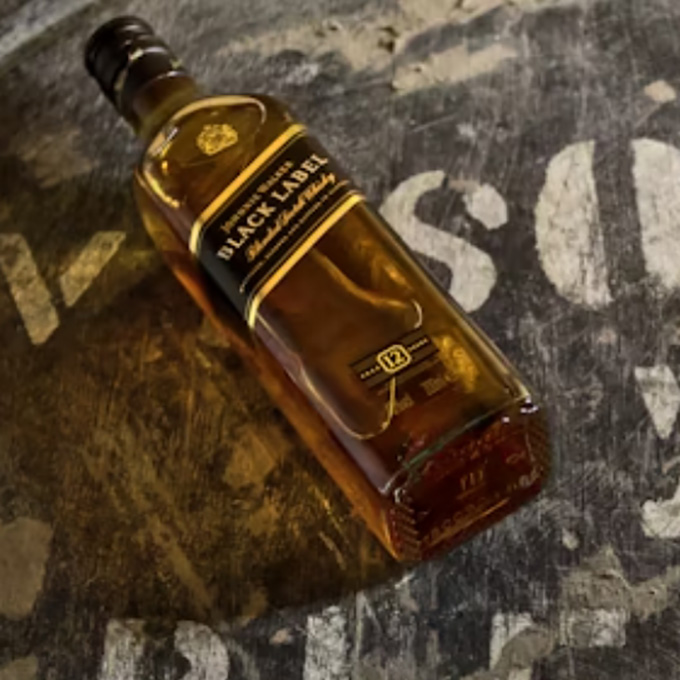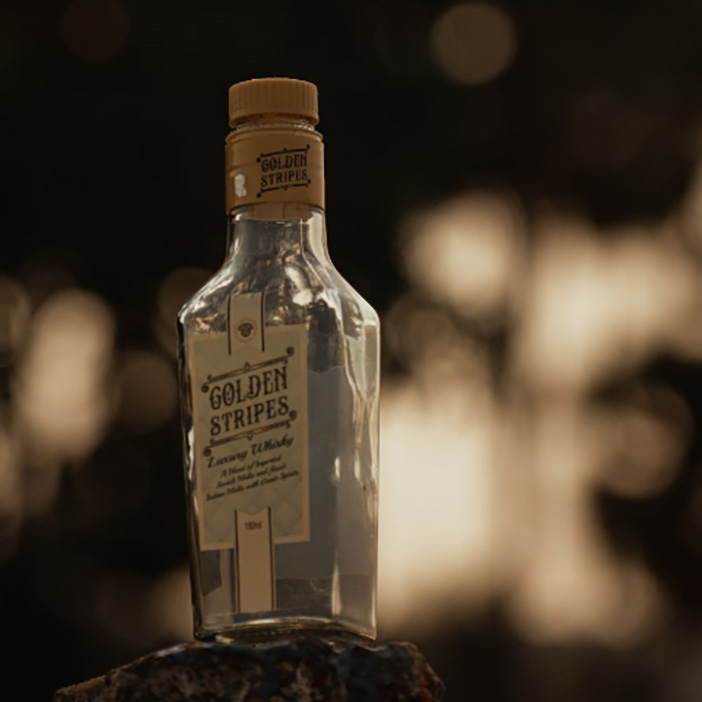If you’re a whiskey enthusiast, you’ve probably wondered: Does the material of my storage container actually matter? Short answer: Absolutely. Whether you’re aging homemade whiskey, decanting a prized bottle, or storing leftovers, the choice between glass and stainless steel can make or break your spirit’s flavor, aroma, and longevity. Let’s dive into the pros and cons of each—and settle the debate once and for all.
Whiskey is a delicate spirit. Exposure to light, temperature swings, and even chemical reactions with containers can alter its taste over time. The right storage solution preserves the whiskey’s character, while the wrong one could leave you with a flat, metallic, or overly oxidized disappointment.
This brings us to the two most popular options: glass bottles for whiskey and stainless steel containers. Both have loyal followings, but they cater to different priorities. Let’s break it down.

When you picture whiskey storage, you likely imagine a sleek glass bottle for whiskey—and for good reason. Glass has been the gold standard for centuries, and here’s why:
But glass isn’t perfect. It’s fragile, heavy, and offers zero insulation against temperature changes. Drop it once, and your precious whiskey could end up on the floor.
Stainless steel has gained traction in recent years, especially among adventurers and minimalists. Here’s what makes it stand out:
The catch? Stainless steel can impart a slight metallic taste over time, especially with prolonged storage. It’s also opaque, so you can’t admire your whiskey’s hue without pouring a glass.
Whiskey nerds agree: Glass bottles for whiskey win here. Since glass doesn’t interact with alcohol, your whiskey retains its original flavor profile indefinitely. Stainless steel, while generally safe, contains trace amounts of metals like chromium and nickel. Though food-grade steel is designed to minimize leaching, purists argue even subtle changes matter for top-shelf spirits.
Pro Tip: If using stainless steel, choose high-quality, food-grade 304 or 316 steel. Avoid cheap options from unknown brands.
Planning to age whiskey for years? Stick with glass. The slow oxidation process through a cork or wooden stopper (common with glass bottles for whiskey) is part of traditional aging. Stainless steel’s airtight seals prevent oxidation entirely, which can stall maturation and leave flavors underdeveloped.
That said, stainless steel is great for short-term storage or transporting whiskey you plan to drink quickly.

For most whiskey lovers, glass bottles for whiskey remain the top choice for home storage, aging, and showcasing premium brands. They’re timeless, reliable, and let the spirit shine without interference.
But stainless steel isn’t going away. It’s the MVP for durability and portability—perfect for picnics, festivals, or anyone who’s ever knocked over a bottle after one too many drams.